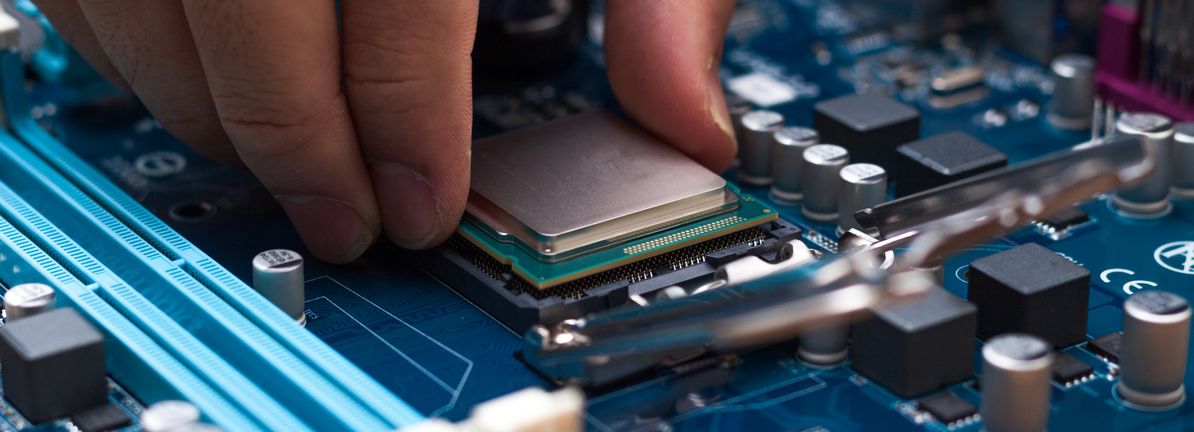What are the early trends we should look for to identify a stock that could multiply in value over the long term? Amongst other things, we’ll want to see two things; firstly, a growing return on capital employed (ROCE) and secondly, an expansion in the company’s amount of capital employed. Ultimately, this demonstrates that it’s a business that is reinvesting profits at increasing rates of return. Speaking of which, we noticed some great changes in Ambertech’s (ASX:AMO) returns on capital, so let’s have a look.
This technology could replace computers: discover the 20 stocks are working to make quantum computing a reality.
For those who don’t know, ROCE is a measure of a company’s yearly pre-tax profit (its return), relative to the capital employed in the business. Analysts use this formula to calculate it for Ambertech:
Return on Capital Employed = Earnings Before Interest and Tax (EBIT) ÷ (Total Assets – Current Liabilities)
0.094 = AU$2.5m ÷ (AU$53m – AU$27m) (Based on the trailing twelve months to June 2025).
Therefore, Ambertech has an ROCE of 9.4%. Even though it’s in line with the industry average of 9.4%, it’s still a low return by itself.
View our latest analysis for Ambertech
While the past is not representative of the future, it can be helpful to know how a company has performed historically, which is why we have this chart above. If you want to delve into the historical earnings , check out these free graphs detailing revenue and cash flow performance of Ambertech.
We’re glad to see that ROCE is heading in the right direction, even if it is still low at the moment. The numbers show that in the last five years, the returns generated on capital employed have grown considerably to 9.4%. Basically the business is earning more per dollar of capital invested and in addition to that, 25% more capital is being employed now too. This can indicate that there’s plenty of opportunities to invest capital internally and at ever higher rates, a combination that’s common among multi-baggers.
On a separate but related note, it’s important to know that Ambertech has a current liabilities to total assets ratio of 50%, which we’d consider pretty high. This can bring about some risks because the company is basically operating with a rather large reliance on its suppliers or other sorts of short-term creditors. While it’s not necessarily a bad thing, it can be beneficial if this ratio is lower.
